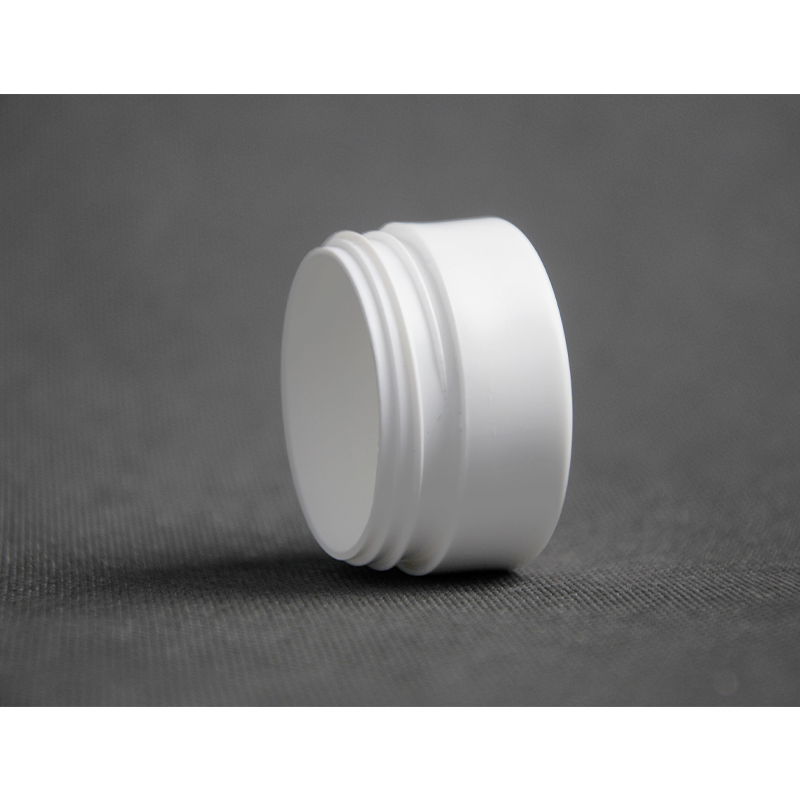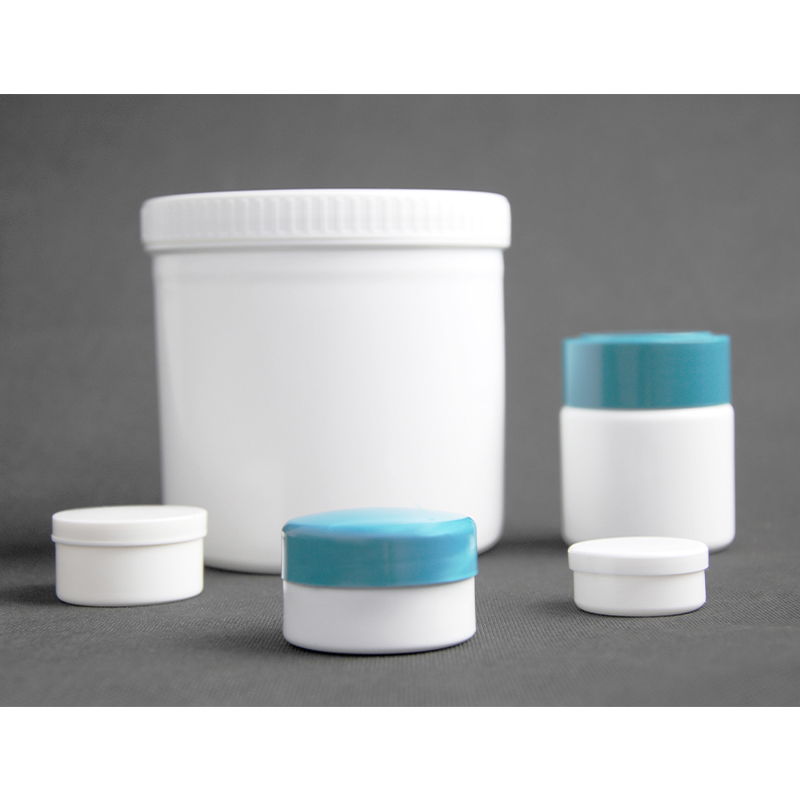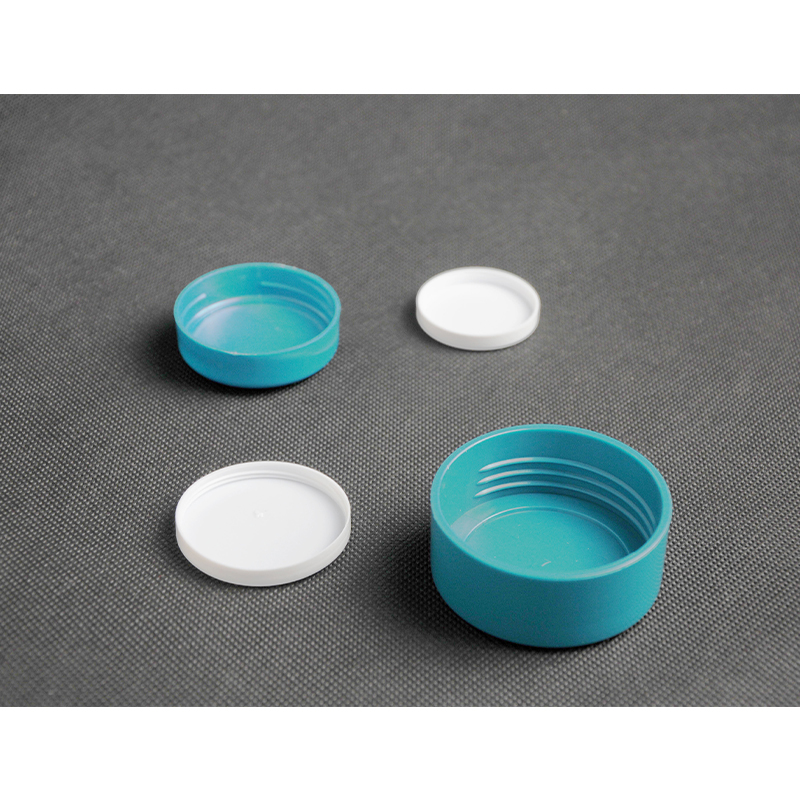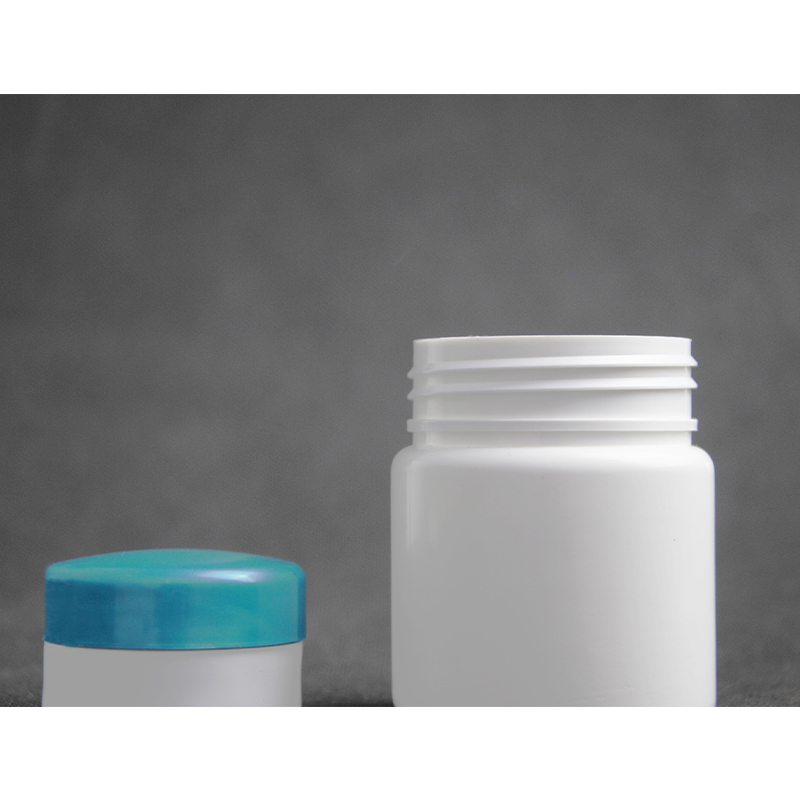In the field of pharmaceutical packaging, ensuring the quality, safety and stability of drugs is crucial. High-density polyethylene (HDPE) ointment boxes have become a popular choice for packaging various pharmaceutical creams and ointments due to their excellent performance and diverse molding methods.
I. Material advantages of High-Density Polyethylene Medicinal Ointment Box
(1) Excellent physical properties
High-density polyethylene (HDPE) has excellent impact resistance. During the transportation and storage of drugs, they will inevitably be subject to certain external force collisions, and HDPE ointment boxes can withstand these impacts and are not easy to break or damage, thereby effectively protecting the internal pharmaceutical creams or ointments from physical damage. Its environmental stress resistance is also very outstanding. Whether it is in an environment with high temperature, low temperature or large humidity changes, it can maintain structural stability and will not deform or break due to environmental factors, ensuring that the drugs are always in a safe packaging environment.
(2) Good chemical stability
The pharmaceutical field has extremely high requirements for the chemical stability of packaging materials, and HDPE performs well in this regard. It has good chemical resistance and can resist the erosion of various chemicals. Many pharmaceutical creams and ointments contain various chemical ingredients. HDPE ointment boxes will not react chemically with these ingredients, avoiding the deterioration or failure of drugs due to the interaction between packaging materials and drugs, and ensuring the chemical stability of drugs.
(3) Reliable barrier properties
Gas barrier and moisture resistance are key indicators of drug packaging. HDPE ointment boxes have excellent gas barrier properties, which can effectively prevent gases such as oxygen and carbon dioxide from entering the packaging, preventing drugs from deteriorating due to oxidation. At the same time, its good moisture resistance can prevent moisture from invading, maintain a dry environment for pharmaceutical creams or ointments, prevent drugs from getting damp and agglomerating or other quality changes, and extend the shelf life of drugs.
(4) Safety and non-toxic properties
In pharmaceutical packaging, safety is the primary consideration. As a non-toxic material, HDPE will not pollute drugs or harm human health. Using HDPE ointment boxes to package drugs can allow patients to use them with confidence and meet the safety standards of drug packaging.
II. Diverse appearance designs
(1) Round ointment box
The round ointment box is one of the most common shapes. Its appearance is round and smooth, giving people a simple and generous feeling. From the perspective of use, the round design is convenient for patients to hold and operate, especially for some situations where medicines need to be taken frequently, such as daily application of skin creams. Patients can easily hold the ointment box for use. Moreover, the round structure is more uniform in terms of force, which can better withstand internal pressure and reduce the risk of packaging deformation caused by uneven pressure.
(2) Square ointment box
The square ointment box has a regular shape and has certain advantages in space utilization. During the storage and transportation of medicines, the square ointment box can be arranged more closely, saving storage space. In addition, the square design makes the ointment box more stable when placed and not easy to roll and slide. For some situations where medicines need to be taken in a fixed amount, the edge of the square ointment box can be used as a reference to help patients control the amount taken more accurately.
(3) Ring ointment box
The ring ointment box is relatively unique, and its design may focus more on specific usage scenarios or drug characteristics. For example, for some medicines that need to be applied in a circular shape, an annular ointment box can better adapt to the application action and be convenient for patients to use. At the same time, the annular structure is also innovative and can attract consumers' attention in the market and enhance the product's recognition.
III. Rich molding methods
(1) Extrusion blow molding
Extrusion blow molding is a commonly used molding process. First, the high-density polyethylene raw material is heated and melted, and then extruded into a tubular preform by an extruder. The preform is then placed in a mold, and compressed air is blown into the preform to expand it and fit the inner wall of the mold. After cooling, the desired ointment box is demolded. This method is suitable for producing larger ointment boxes. It has the advantages of high production efficiency and relatively low cost, and can meet the needs of large-scale production.
(2) Injection blow molding
The injection blow molding process first injects the high-density polyethylene raw material into the mold cavity through an injection machine to form a tubular preform, and then transfers the preform to the blow molding mold for blow molding. Compared with extrusion blow molding, injection blow molding can more accurately control the size and shape of the product, and the wall thickness of the ointment box produced is uniform and the quality stability is higher. For some pharmaceutical packaging that requires high dimensional accuracy, injection blow molding is a more ideal choice.
(3) Stretch blow molding
Stretch blow molding is a molding method developed on the basis of injection blow molding. After the preform is obtained by injection, it is stretched longitudinally and then blow molded. Through the stretching process, the high-density polyethylene molecular chains can be oriented, improving the strength and rigidity of the product, while improving the transparency and gloss of the product. Stretch blow molding is suitable for the production of ointment boxes with high performance and appearance requirements, which can improve the overall quality of the product.
IV. Market application and development prospects
With the continuous development of the pharmaceutical industry, the requirements for pharmaceutical packaging are also getting higher and higher. High-Density Polyethylene Medicinal Ointment Box occupies an important position in the pharmaceutical cream and ointment preparation packaging market due to its many advantages. Both large pharmaceutical companies and small pharmaceutical factories widely use HDPE ointment boxes to package various drugs.
In the future, with the continuous advancement of material science and molding technology, High-Density Polyethylene Medicinal Ointment Box is expected to further improve in performance. For example, by improving the HDPE formula, its barrier properties and chemical resistance can be further enhanced. Furthermore, in terms of molding processes, more advanced molding techniques may enable customized ointment boxes to meet the specific needs of different medications and patients. Furthermore, with growing environmental awareness, the research and application of recyclable and biodegradable high-density polyethylene materials will become a future development direction, driving the pharmaceutical packaging industry towards a greener and more sustainable direction.

High-density polyethylene medicinal ointment boxes, with their excellent material properties, diverse design options, and diverse molding methods, are an ideal choice for packaging pharmaceutical creams and ointments. They will continue to play a vital role in the future pharmaceutical market, contributing to ensuring drug quality and patient safety.




